Ever wish your food could cook faster, taste better, and still not burn? Infrared cooking might just be what your kitchen needs.
Walk into a store and you’ll hear all the good things: “It’s fast!” “It looks modern!” “It saves energy!” And guess what? That’s all true — but there’s more to it.
Like any smart appliance, infrared cooktops have their pros and cons. Not scary ones — just the kind of small things that matter when you cook every day. How much heat it gives, how it works with your pots, and how easy it is to clean.
In this blog, we’ll walk you through the Infrared Cooking Advantages and Disadvantages — clearly and simply. No big words. Just real info to help you decide if it’s right for your home.
So, if you're looking to cook faster at home using easy cooking appliances, you're going to love what infrared cooking has to offer. Let’s see how well it fits into your everyday kitchen routine.
 What Is Infrared Cooking?
What Is Infrared Cooking?
Let’s break it down: What even is infrared cooking, and why is everyone talking about it?
Infrared cooking is a smart and modern way to cook food using heat from light, not from flames or heating coils. Think of it like the warmth you feel from the sun on your skin. You don’t see it, but you feel the heat. That’s how infrared works.
In regular gas stoves or coil burners, heat moves through the air to warm your pots. But with infrared cooking, heat goes straight to the surface of the pan or food. This means it gets hot very fast — and that’s why many home chefs love it.
You’ll find infrared kitchen appliances in many forms: grills, ovens, and especially cooktops. They look sleek, heat up in seconds, and are super easy to use — perfect for busy people, small kitchens, or anyone who wants less fuss.
Another big plus? No open flames, no smoke, and no waiting forever for water to boil. Just place your pot and go.
If you’re someone who likes easy cooking appliances that save you time and effort, infrared might be just what your kitchen needs.
Thinking of switching to infrared? Check out Cygen’s latest infrared cooktop here!
 Infrared Cooking Advantages You’ll Love
Infrared Cooking Advantages You’ll Love
Let’s start with the good stuff. These are the reasons why many home chefs love infrared cooking.
Infrared cooking has made life easier for many people — from busy moms and dads to young professionals and bachelors. Why? Because it saves time, energy, and effort — all while making food taste better.
Here are the top infrared stove benefits that make it a favourite in modern kitchens:
Cooks Super Fast
If you’re tired of waiting for your pan to heat up, you’ll love this. Infrared cooktops heat up in seconds. The heat goes directly to the pot or pan, not around it. That means food starts cooking right away.
For busy mornings, quick dinners, or last-minute snacks, this is the best way to cook fast.
Whether you're a working woman, a couple, or a bachelor, you can cook faster at home without stress.
Even Cooking – No Hot or Cold Spots
Unlike gas flames or old-style burners that heat unevenly, infrared cooktops spread heat evenly. Your food cooks from all sides in the same way. That means no burnt spots and no raw bites.
Even heat = better taste.
No Flames, No Smoke
No open flame also means fewer accidents. It's safer, especially if you have kids around or if you’re someone who tends to multitask in the kitchen.
Plus, no smoke or greasy fumes, and that’s how your kitchen stays cleaner and smells better.
Energy Saving
Because the heat goes straight to the cookware, less energy is wasted. You get the job done faster using less electricity.
That’s great news for anyone looking to save on bills while cooking every day.
Tastier Food (Especially for Grilling and Roasting)
Infrared cooking is known for locking in juices, especially in meat and veggies. Grilled chicken, roasted paneer, even toast, everything tastes crisp and full of flavour.
It’s one of the lesser-known but tastiest parts of infrared cooking pros and cons — and one you’ll enjoy most.
So yes, infrared cooking brings a lot to the table — speed, safety, taste, and even savings. It's no surprise that more and more people are switching to this smarter way of cooking.
But like all things, it's not perfect. Before you bring one home, it’s good to know the full picture, not just the shiny stuff you hear in showrooms.
Let’s now look at the other side — the small things that may take a little getting used to. Don’t worry, they’re all easy to handle once you know them!
 Disadvantages You Don’t Hear in Stores
Disadvantages You Don’t Hear in Stores
Stores often skip this part — but you need to know both sides before buying.
While infrared cooking has many benefits, it’s important to understand some downsides too. Knowing these helps you avoid surprises and get the best from your new cooktop.
1. Takes Time to Get Used To
Infrared cooktops heat very fast. That’s great for quick meals, but it means you have to watch your food carefully. If you’re used to slow cooking or leaving food unattended, you might burn dishes at first.
With a little practice, you’ll learn the right timing — but be patient while you get used to the speed.
2. Not Good for All Foods
Some foods don’t do well with infrared heat. For example, deep-frying needs steady, controlled heat that infrared can’t always give. Also, traditional slow-cooked meals might lose their slow-cooked flavour or texture.
So, if you love those recipes, keep a second cooking option handy.
3. Needs Special Utensils Sometimes
Not all pots and pans work perfectly on infrared cooktops. Thin or uneven-bottomed cookware might not heat well.
Cast iron, stainless steel, or cookware marked as infrared-compatible is best. It’s a small change, but worth knowing before you buy.
4. Can Be Costly Upfront
Good-quality infrared cooktops can cost more than regular gas or electric stoves. But think of it as an investment — faster cooking, less energy use, and better food.
Over time, you’ll save money on electricity bills and less wasted food.
5. Safety Warning
While infrared cooktops don’t have open flames, the cooking surface and pots get very hot. You should be careful, especially around children or pets.
Always let the cooktop cool down before touching or cleaning it. This is an important part of infrared cooking safety to avoid burns.
Understanding these infrared cooking disadvantages helps you decide if this modern way fits your kitchen and lifestyle. Remember, every cooking method has its ups and downs — that’s why it’s smart to compare before you buy.
 Infrared vs Induction — Which One is Better for You?
Infrared vs Induction — Which One is Better for You?
Both are modern. Both are fast. So, what’s better — infrared or induction?
When you want to cook faster and easier, both infrared vs induction cooktop options look great. But they work differently and suit different cooking styles.
When to Choose Infrared
Infrared cooktops are perfect for roasting, grilling, and fast heating. The heat comes from light waves, so food gets cooked quickly and gets a nice crisp outside.
If you love grilled veggies, roasted chicken, or want quick searing, infrared is your best friend. It’s also great for busy people who want to save time but still enjoy tasty food.
When to Choose Induction
Induction cooktops heat the pan using magnets, which makes them super fast and very safe. They are excellent for daily cooking, like making soups, curries, boiling water, or slow simmering.
Induction is easy to control, so it’s perfect if you cook a lot of everyday meals or need precise heat for delicate recipes.
Which One Suits You?
-
Bachelors and busy professionals: Infrared helps you cook meals fast and tasty with less mess.
-
Couples: You can enjoy grilled treats with infrared or easy curries with induction — both work well.
-
Families: Induction might be better for regular cooking with different pots and pans. But many families like having both!
Both are part of easy cooking appliances that save time and energy compared to traditional stoves.
Still unsure? Explore both at Cygen!
 Tips to Use Infrared Cooking Safely and Smartly
Tips to Use Infrared Cooking Safely and Smartly
Infrared cooking is powerful — here’s how to use it right and stay safe.
Infrared cooktops are great for fast and tasty meals, but they get very hot. To enjoy the infrared stove benefits safely, follow these easy tips.
1. Don’t Leave It Unattended: Because infrared heats quickly, it’s important not to walk away while cooking. Food can burn fast if you’re not careful. Stay close and keep an eye on your meal.
2. Use Proper Utensils: Some pans work better with infrared kitchen appliances than others. Choose flat-bottomed pots made of cast iron or stainless steel for the best cooking results and safety.
3. Clean After Every Use: Wipe the cooktop after each meal once it cools down. Keeping it clean helps your infrared stove work well for a long time and avoids stains or damage.
4. Preheat Smartly: Infrared cooktops heat up fast, so preheat only for a short time — about 1 to 2 minutes. This saves energy and helps your food cook evenly without burning.
5. Don’t Touch the Hot Zone: The cooking surface and pots get very hot. Always use oven mittens or pot holders, and don’t touch the cooktop until it cools. This is key for infrared cooking safety, especially if you have kids around.
Using these simple steps will help you enjoy the full power and convenience of infrared cooking — safe, fast, and delicious every time.
Is Infrared Cooking Good or Bad?
Every kitchen has different needs — let’s see if infrared cooking is right for yours.
When we look at infrared cooking pros and cons, it’s clear there are many good points and a few things to think about.
Infrared cooking is great if you want to cook faster at home with less mess and tasty results. It’s perfect for busy people, working women, bachelors, and couples who like grilled or roasted food. The heat spreads evenly, and you save energy too. These are the big infrared stove benefits.
But it’s not perfect for everyone. If you cook slow meals often or deep-fry a lot, infrared might not fit your style. Also, some extra care is needed to avoid burning food or touching hot parts. That’s why some ask, "is infrared cooking good or bad?" The answer depends on what you cook and how you use it.
If your kitchen needs fast, easy cooking without too much fuss, infrared cooking can be a smart choice. But if you need more variety or cook traditional dishes daily, you might want to look at other options.
Want to make food faster and tastier? Visit Cygen for an efficient infrared cooktop and make it yours!
 Frequently Asked Questions
Frequently Asked Questions
1. Is infrared cooking safe to use every day?
Yes, infrared cooking is safe for daily use. There’s no open flame, which makes it safer than gas. However, the surface and utensils get very hot, so always be careful, especially if there are children or pets in the kitchen while you're cooking.
2. Can I cook all types of food on an infrared cooktop?
Most everyday dishes like vegetables, chapatis, grilled meats, and rice cook well. But it's not the best for deep-frying or very slow-cooked recipes like dals or curries that need long simmering. You may still want a gas burner for such meals.
3. Do I need special utensils for infrared cooktops?
Yes, sometimes. Flat-bottomed, heavy-duty utensils like stainless steel or cast iron work best. Thin or uneven pans may not heat evenly. If you already have induction or flat cookware at home, chances are they’ll work just fine with infrared cooktops too.
4. Is infrared cooking better than gas?
It depends on your needs. Infrared cooks faster, uses less energy, and makes less mess. Gas gives more control for traditional cooking and frying. Many people use both in their kitchen to get the best of both cooking styles and save time.
5. Is infrared cooking costly in the long run?
The upfront price can be higher than gas stoves, but it saves money later. Infrared uses less power and cooks faster, which lowers electricity bills. You also save time, and food often turns out better, which reduces waste from burning or overcooking.



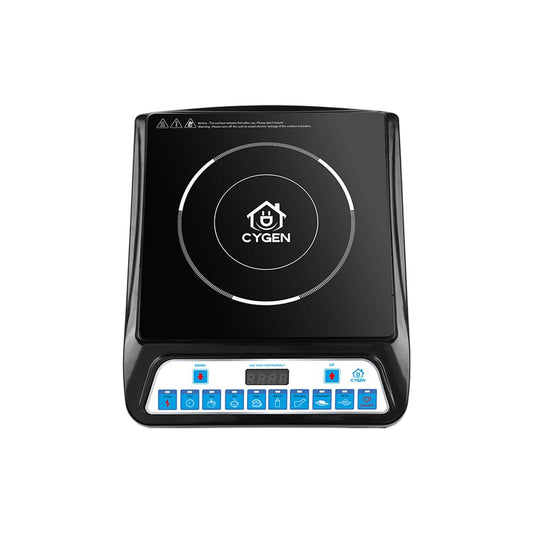
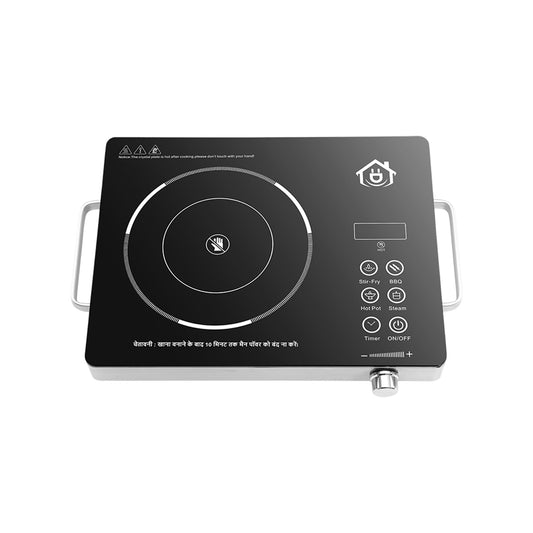
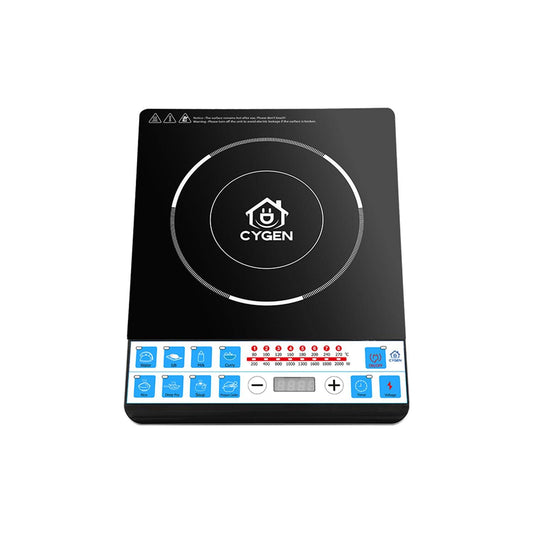
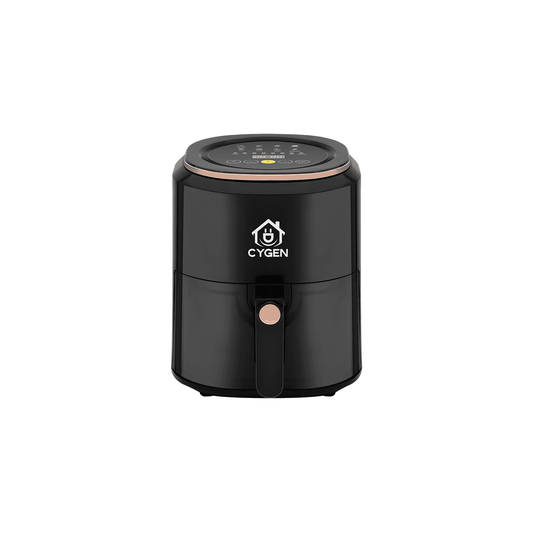
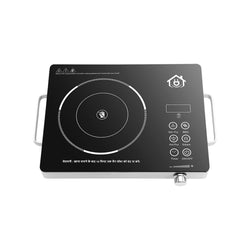
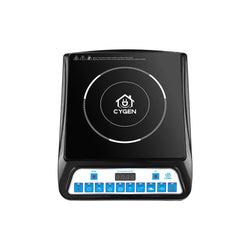
Leave a Reply
Nunc vehicula quam semper odio varius tincidunt. Vestibulum ante ipsum primis in faucibus orci luctus et ultrices posue.
Please note, comments need to be approved before they are published.